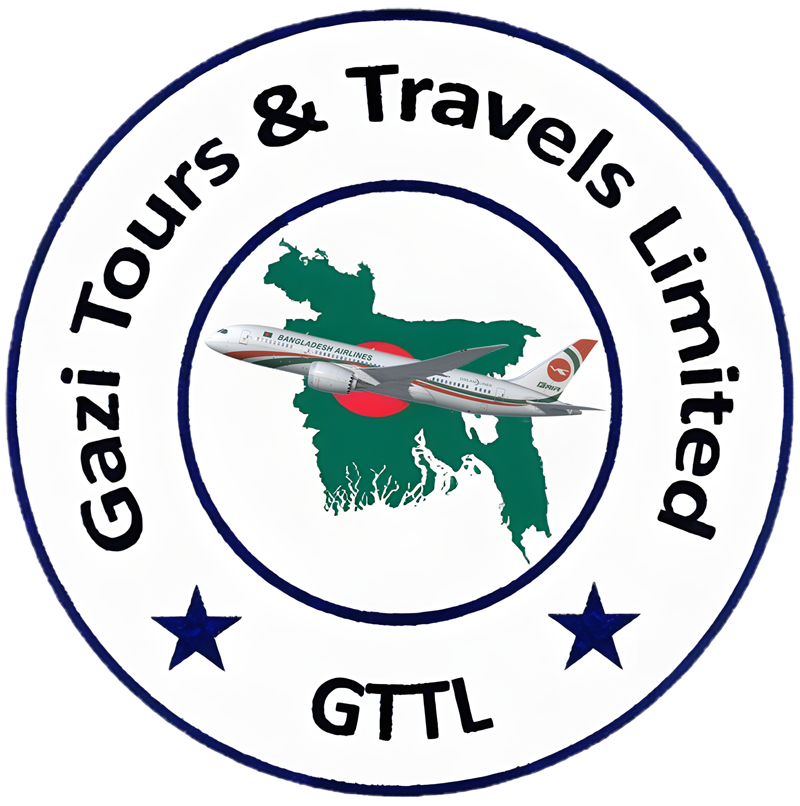In this blog, we will explore the key steps involved in the visa processing journey.
- Research and Select the Right Visa Category: The first step is to determine the appropriate visa category for your purpose of travel. Each country has different types of visas, such as tourist visas, student visas, work visas, and business visas. Understand the eligibility criteria and requirements associated with your chosen visa category.
- Gather Required Documents: Once you’ve identified the visa category, gather all the necessary documents for your application. This may include your passport, application forms, photographs, proof of travel or accommodation arrangements, financial statements, educational certificates, and any additional supporting documents required by the embassy or consulate.
- Complete the Application Form: Carefully fill out the visa application form, ensuring that all the information provided is accurate and up-to-date. Pay attention to any specific instructions or guidelines provided by the embassy or consulate.
- Schedule an Appointment: Many countries require applicants to schedule an appointment for visa submission and biometrics. Check the embassy or consulate’s website for the appointment scheduling process and available dates.
- Attend the Visa Interview: Some visa categories may require an in-person interview as part of the application process. Prepare for the interview by reviewing common interview questions, gathering necessary documents, and presenting yourself professionally.
- Pay the Visa Fee: Most visa applications require a processing fee, which should be paid as per the embassy or consulate’s instructions. Ensure that you have the required payment method and submit the fee along with your application.
- Submit the Application: Submit your completed application, supporting documents, and passport to the embassy or consulate on the scheduled appointment date. Ensure that you have made copies of all documents for your records.
- Track the Application: After submission, you can track the status of your visa application through the embassy or consulate’s online tracking system, if available. Stay updated on any additional requirements or notifications from the authorities.
- Wait for Processing: Visa processing times vary depending on the country and visa category. Be patient and allow sufficient time for the authorities to review and process your application. Avoid making any non-refundable travel arrangements until your visa has been approved.
- Collect Your Visa: Once your visa application is approved, collect your passport with the visa stamp from the embassy or consulate. Review the visa details to ensure accuracy and validity dates.
It’s important to note that visa processing requirements and procedures can vary between countries and change over time. Therefore, it’s always advisable to check the embassy or consulate’s official website for the most up-to-date and accurate information regarding visa applications.
Remember to start the visa application process well in advance to allow ample time for gathering documents, scheduling appointments, and potential processing delays. Seek guidance from reputable sources, such as immigration consultants or official government websites, to ensure a smooth and successful visa processing experience.
